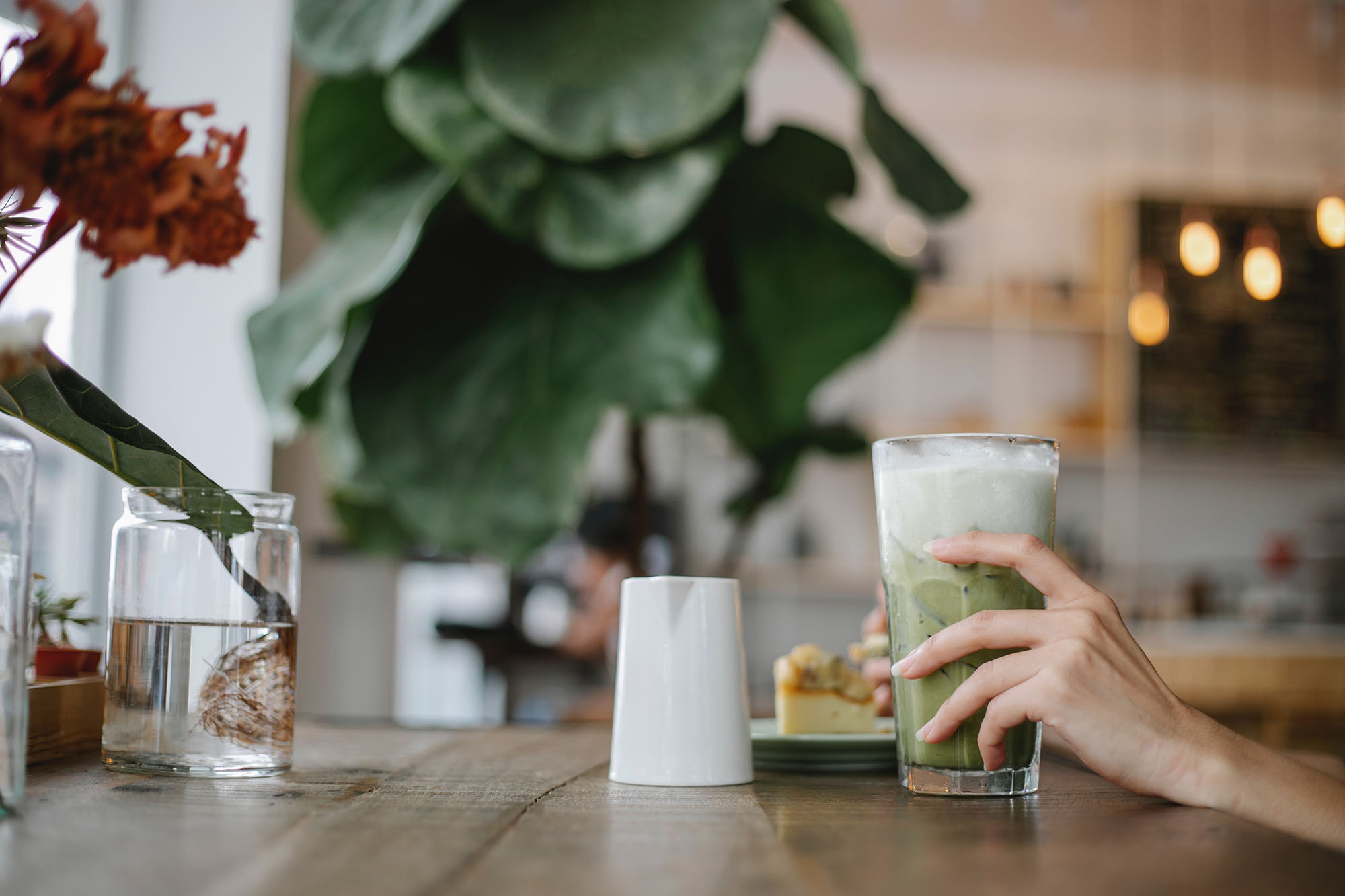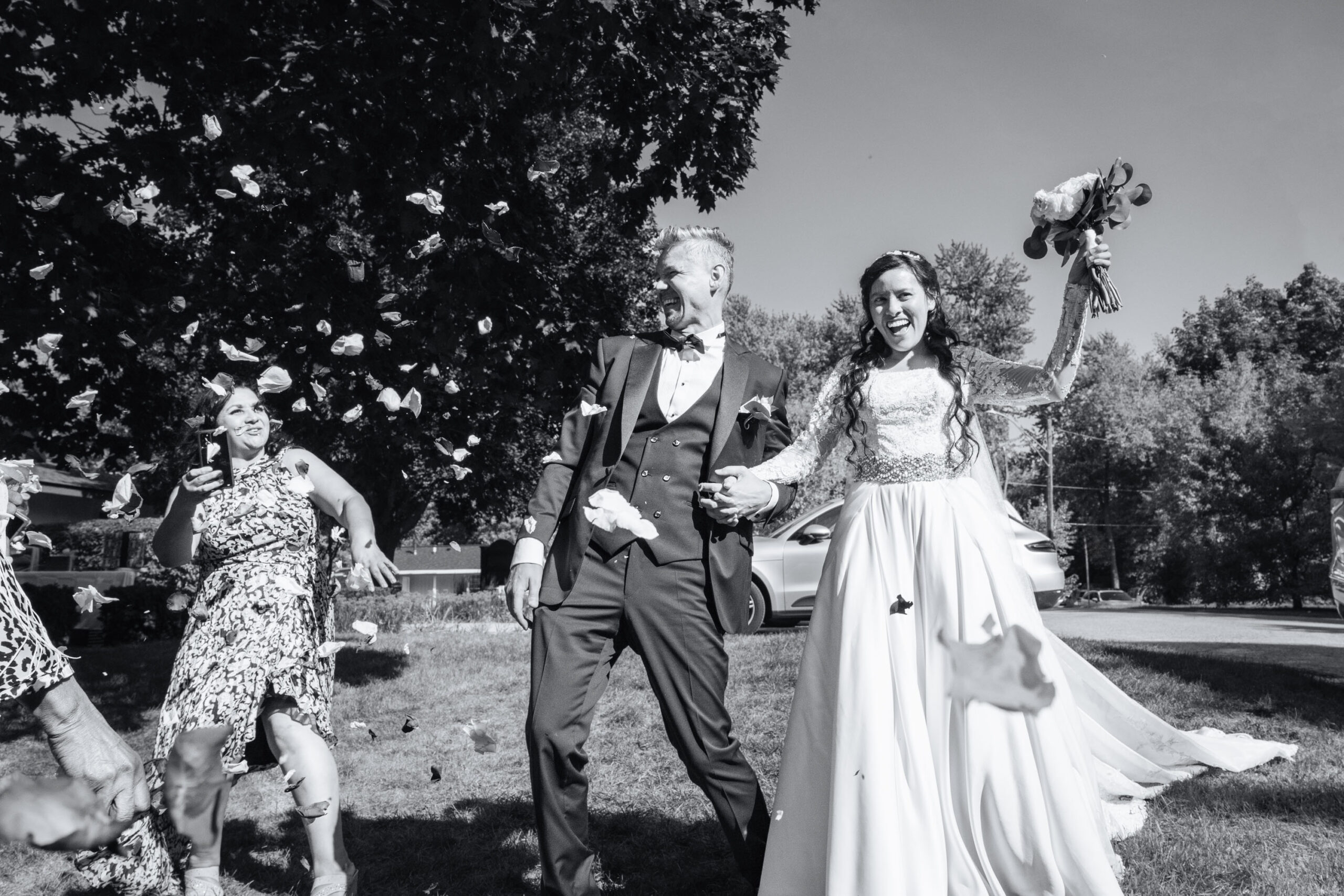
What is matcha late?
The matcha latte first appeared on coffee shop menus a few years ago, and it has seen a significant rise in popularity in a relatively short period of time. Its distinctive green color and uniquely nutty, earthy, and sometimes bitter flavor set it apart from the typical coffee shop drink.
The tea made from it – matcha – has been consumed for over a thousand years. According to some, it also boasts several health benefits for those who drink it.
Is a matcha latte healthy?
Pure matcha powder has become popular among wellness gurus due to its high antioxidant properties. In particular, it is high in epigallocatechin gallate (EGCG). Many teas contain EGCG, but matcha is one of the top sources.
As an antioxidant, EGCG can reduce damage caused by free radicals and the oxidation of your body’s cells. According to the National Cancer Institute, polyphenols like EGCG help reduce damage by free radicals, UV rays, and oxidation.
In its traditional form, matcha tea is made by mixing the powder with hot water using a special bamboo whisk. It’s not just made in a quick-service coffee shop: it’s a show. The rituals of making and drinking matcha tea are done slowly, mindfully, and carefully. That’s like meditation in itself.
Matcha itself tastes quite bitter and earthy. For this, American coffee shops usually serve matcha tea in latte form, mixed with steamed milk to make it more delicious.
As with lattes, added low-fat milk or soy milk adds calcium, protein, and vitamin D to the drink.
What’s a matcha latte taste like?
Matcha latte is not like a regular latte. The Latte is made using shade-grown green tea powder. Green tea gives this milky frothy drink a sweet, Moorish vegetal flavor. Some say matcha carries an umami flavor, while others claim it reminds them of spinach. With such an incredible green color, you really have to try a matcha latte for yourself to understand its unique and smooth taste. There’s a matcha latte recipe to suit everyone’s taste.
Is there caffeine in a matcha latte?
Yes, there is caffeine in a matcha latte. The caffeine content of matcha also tends to be higher than other varieties of green tea.
Matcha’s caffeine content can vary depending on the type of leaf, how much powder you use to make the tea, and the brewing time.
Typically, matcha contains 19-44 mg of caffeine per gram. A typical serving of matcha is between 2-4 grams (1/2-1 teaspoon), containing 38-176 mg of caffeine.
So, depending on how concentrated the matcha tea is, a serving of matcha tea may have less or more caffeine content than a serving of coffee.
Matcha latte recipe
This matcha latte recipe is very easy. There are just three ingredients and you don’t need any fancy barista skills or equipment to make it. If you’re going to make a lot of lattes, you might want to invest in an official matcha whisk, but a small kitchen whisk will do just as well. Here’s how you do it:
- You can start by sifting your matcha powder. It clumps easily and can be difficult to dislodge, so this step will help make your matcha latte smooth, creamy, and lump-free.
- Now you can add matcha to a mug and pour hot, recently boiled water over it. Whisk vigorously until the matcha green tea powder is completely dispersed. To get matcha to foam, you can move your whisk in an up-down or side-to-side motion, not in the usual circular pattern.
- Now over the foamy water, pour the warm coconut milk (almond milk is good too) and whisk again to froth the milk.
- Finally, you can taste your latte and decide how much sweetener you want to add if any.
That is how you can make the matcha latte!








Great post. However the historical context is wrong. Matcha lattes and matcha as a drink component have been around for over 20 years, not first appearing a few years ago. It may be a new discovery by some, and a mature product for others…..
Thank you for that info, I will take a deeper look!